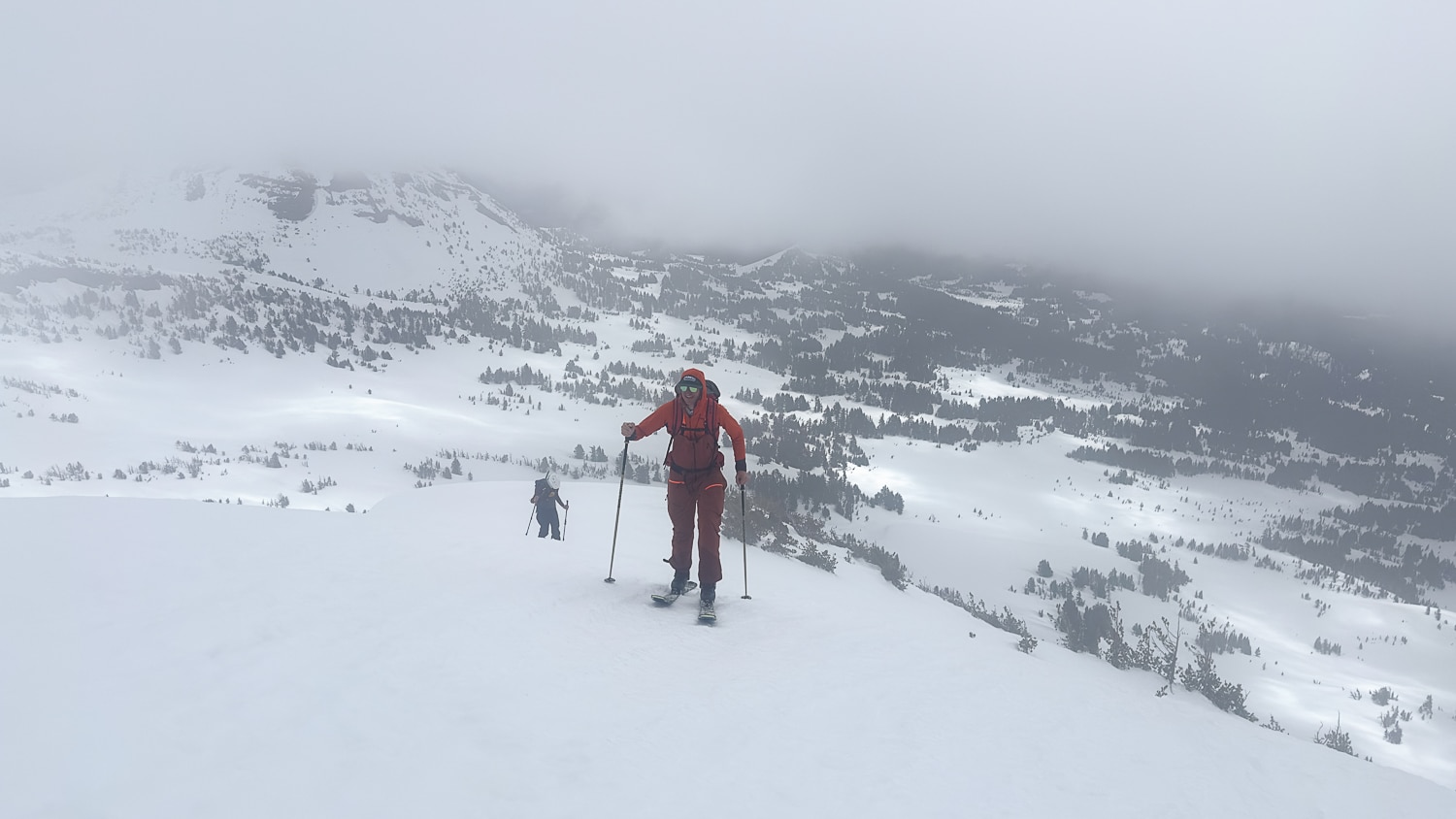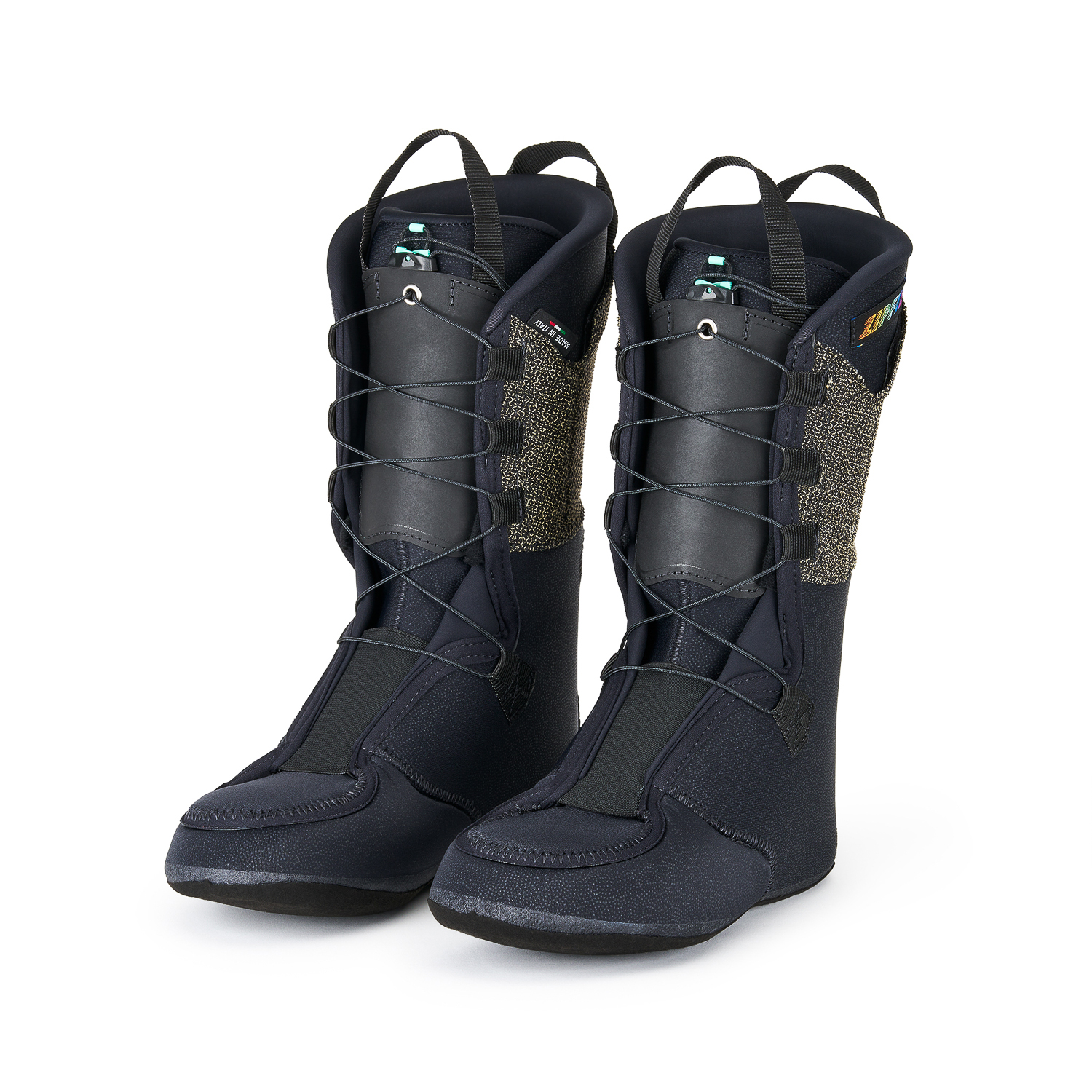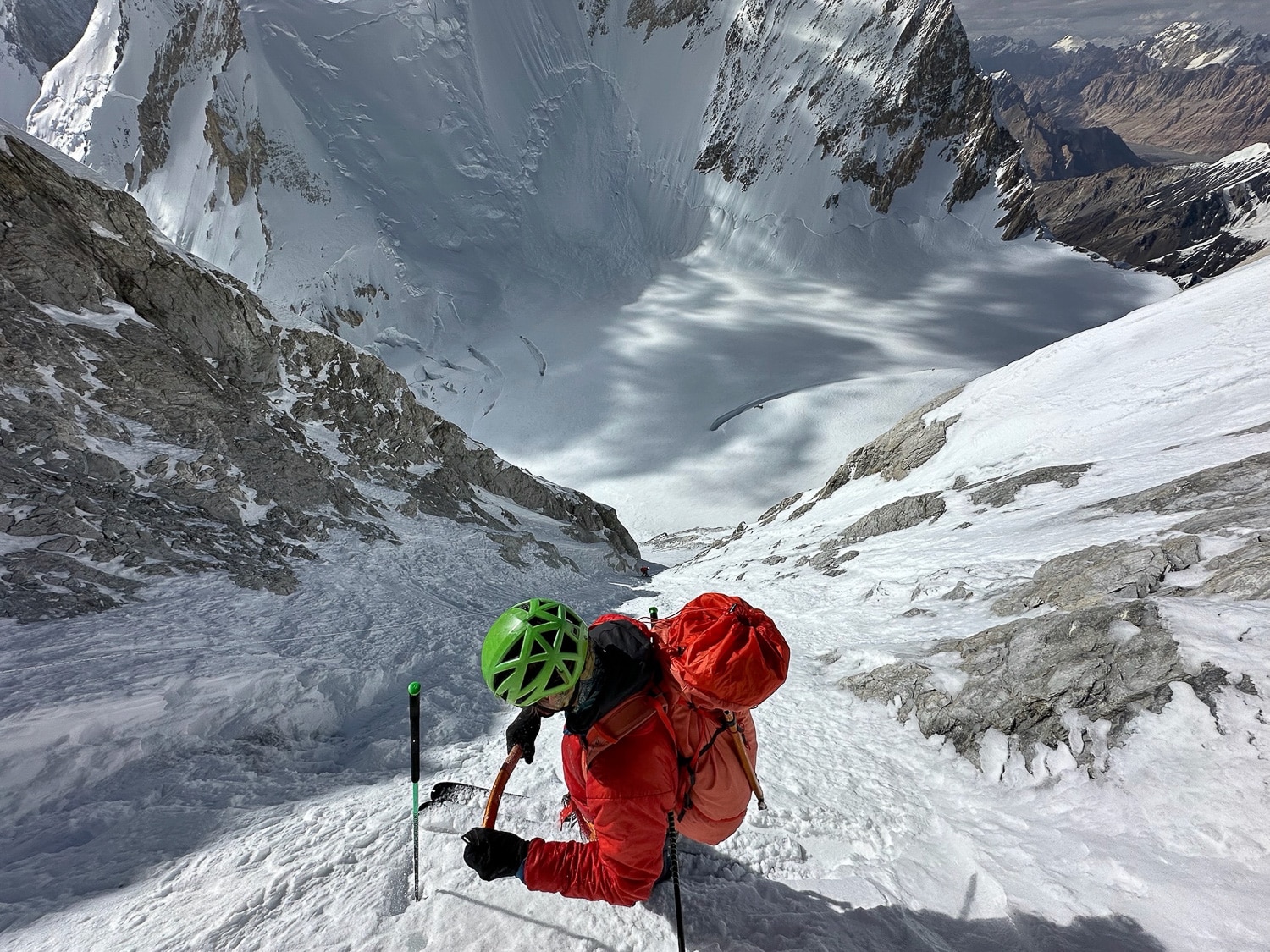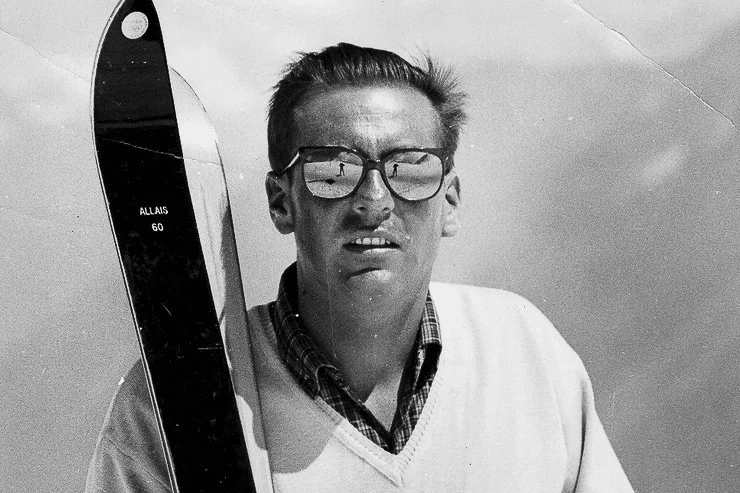Not much is static in the backcountry. The same is true of what’s in a pack as we shift from winter to spring. While much of the kit remains similar between winter and spring, the pack’s contents adjust to meet the changing hazards that we are most worried about.
What’s in a Pack: Transitioning from Winter to Spring

An early morning sun rises steep and fast come mid-spring. The hydration hand off from Graham Zimmerman.





Leave a Reply
You must be logged in to post a comment.